Search
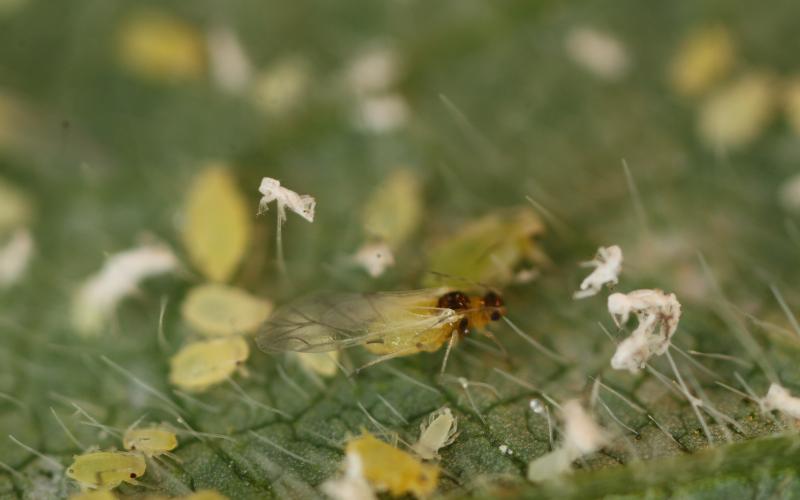
First Soybean Aphid Populations Detected in South Dakota
While scouting fields this week, we observed winged (alate) soybean aphids in Southeast South Dakota.

Do You Need a Thriller in your Garden?
Container gardens can be a great way to continue gardening or expand the way you are gardening and add color to your landscape, no matter what the size.
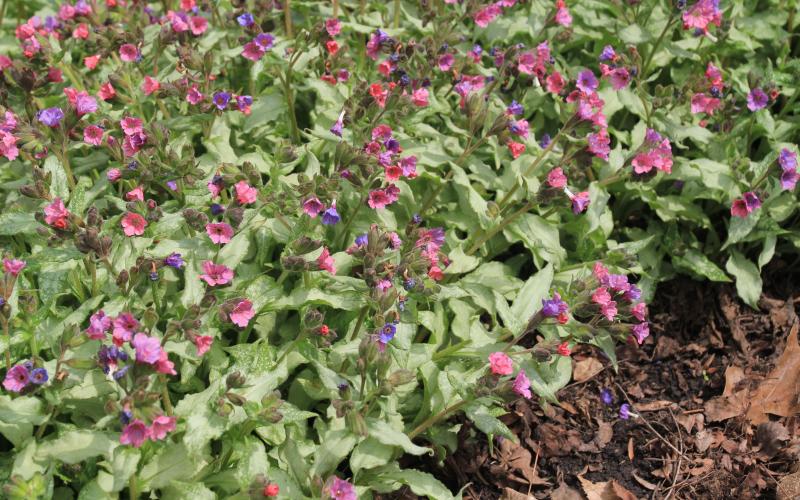
Lungwort: A Winter-hardy Perennial for Shade or Part-shade Gardens
Lungwort is a great plant for the partly sunny or shade garden, offering multiple seasons of interest, starting with flowers in early spring, followed by the development of new, basal leaves decorated with white spots and blotches.
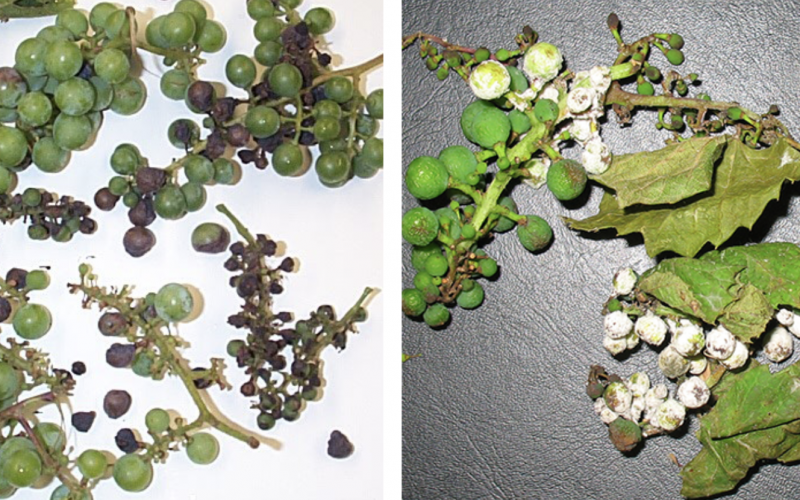
Black Rot & Downy Mildew: Two diseases that can rot grapes
There are several different diseases that can infect the fruit, but two of the most common are black rot and downy mildew. Their symptoms are quite different.
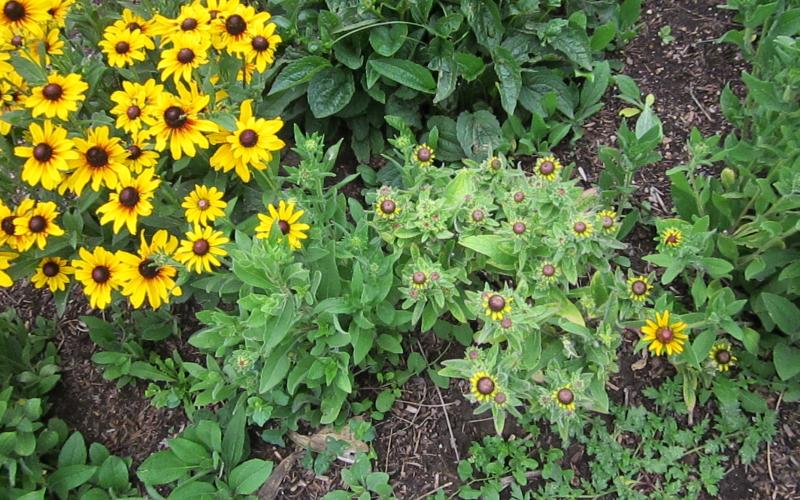
Fall Yard and Garden Cleanup
Before the snow falls, a few tasks can help make for a healthier yard and garden next year.
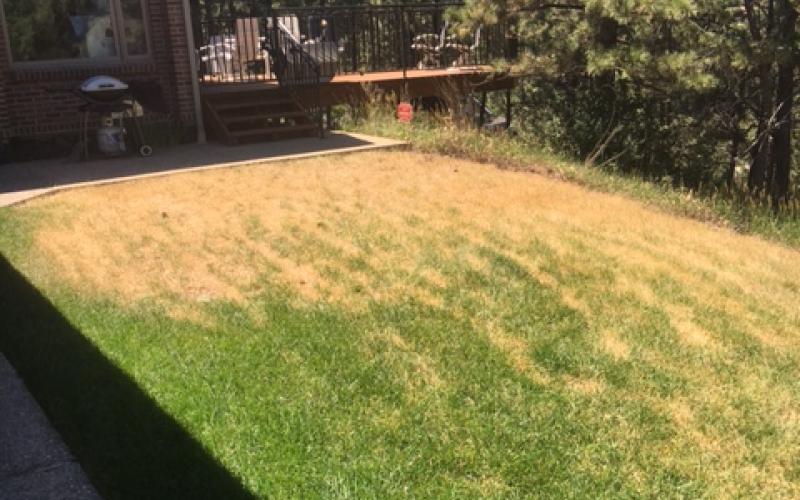
Dealing with Drought Stressed Lawns
Drought is a common concern across the region this summer affecting landscapes in many ways, but probably most noticeably in its impact on lawns.
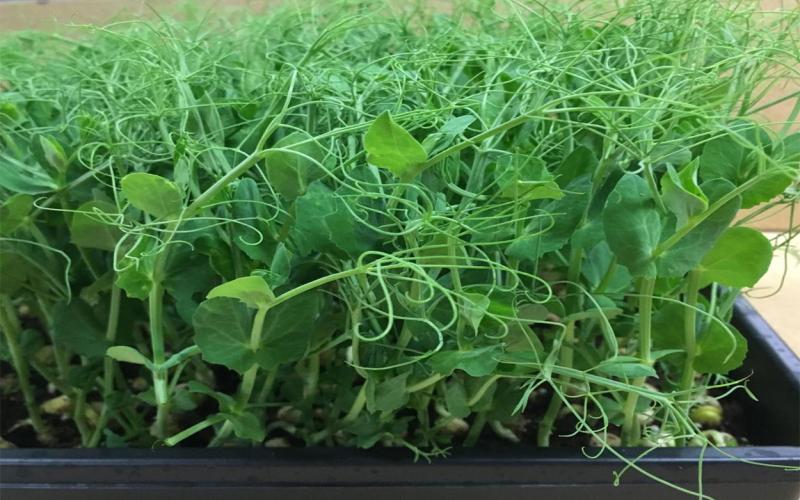
Growing Microgreens at Home
The fall through early spring season can provide an opportunity to grow certain food indoors. Growing microgreens can be an excellent way to add nutritious, fresh vegetables to your diet without taking up a lot of space in your home.

Flowers & Ornamental
Everyone can enjoy the natural beauty of flowers and ornamental plants with some simple recommendations.
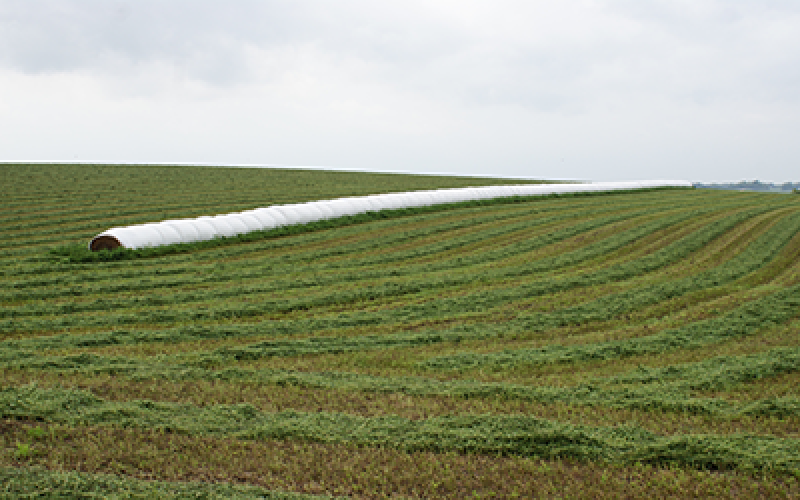
Determining Hay Prices
Before pricing forages, producers will want to have a good understanding about the cost of growing a ton of hay, alfalfa or straw.

Plant Nutrient Analysis: Do your soybeans have the right stuff?
There has been a renewed interest in taking samples of soybean leaves for nutrient analysis as a quality control tool to ensure soil and the fertilizer programs are meeting the needs of the plant to eliminate nutrients as a yield limiting factor.